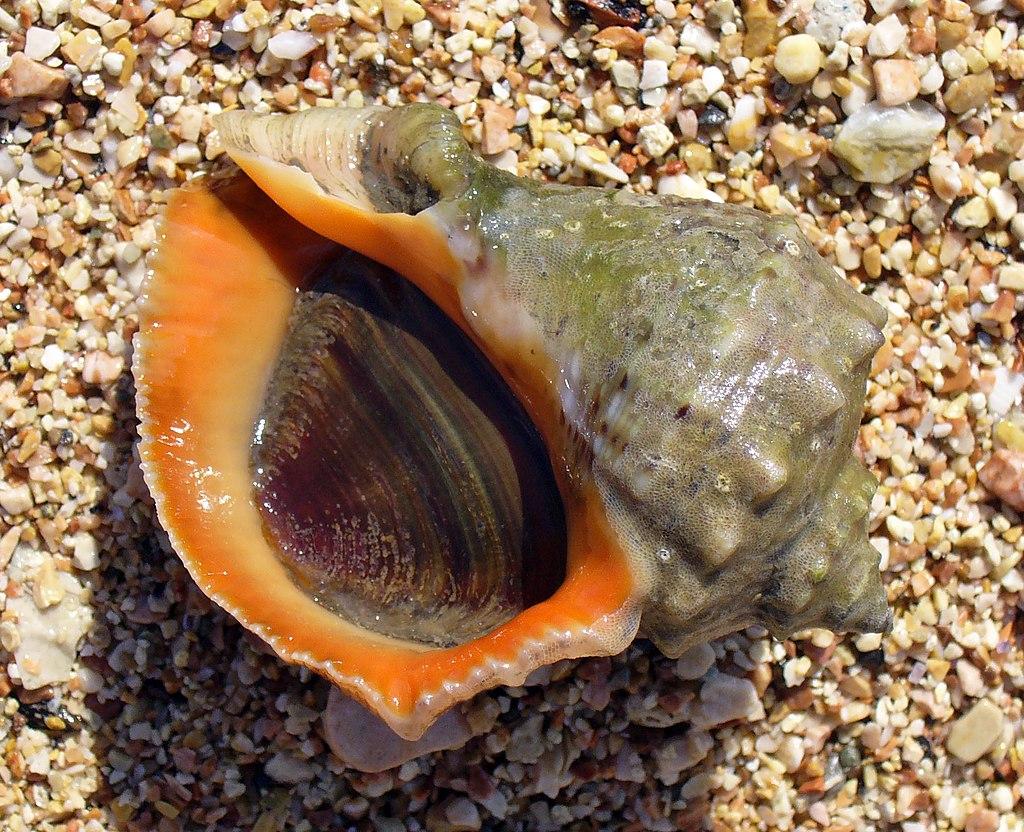Compiling information on non-native species in Britain
The Defra-funded GB Non-Native Species Information Portal (GBNNSIP) was initiated in 2008 and, with the assistance of many species experts, has been updated on a regular basis. There are more than 2000 established non-native species and the GBNNSIP includes information on them all. The GBNNSIP provides evidence to inform the GB Invasive Species Strategy including an annual indicator which summarises trends in invasive non-native species in terrestrial, freshwater and marine environments. The GBNNSIP project includes a number of tasks alongside the compilation of information including maintaining the system for so-called alert species and horizon scanning to predict the next potential invasive non-native species.
Updating the GBNNSIP
Much of our recent work has been focusing on updating the species list within the GBNNSIP particularly information on establishment status. This information is critical for reporting to Target 6 of the Kunming-Montreal Global Biodiversity Framework “Reduce the Introduction of Invasive Alien Species by 50% and Minimize Their Impact” and specifically “Eliminate, minimize, reduce and or mitigate the impacts of invasive alien species on biodiversity and ecosystem services by identifying and managing pathways of the introduction of alien species, preventing the introduction and establishment of priority invasive alien species, reducing the rates of introduction and establishment of other known or potential invasive alien species by at least 50 per cent, by 2030, eradicating or controlling invasive alien species especially in priority sites, such as islands.”
We have been developing an annual trend in the number of establishments of invasive and non-native species for GB using first record dates and establishment status information from the GBNNSIP. The model predicts there were 2.4 (between 0.9 and 6.3) invasive non-native species establishments per year in 2000, meaning that to achieve the GBF target of 50% reduction of INNS establishments by 2030 would require preventing the establishment of approximately 1.2 invasive non-native species each year. Data on recent establishments may be incomplete and rapid reporting of non-native species will improve the accuracy of the trend.
We would be very pleased to receive information on any first records of non-native species and information on evidence of establishment.
Species alerts
The alert system has been very busy in recent years mainly with reports of potential sightings of Vespa velutina, Yellow-legged Hornet. We receive thousands of potential sightings every year. The majority are misidentifications but details of the confirmed sightings are sent to the Animal and Plant Health Agency who are managing any incursions. We are very appreciative of all the records submitted to the alert system and to everyone who assists with verification.
Horizon scanning
More than 10 years ago we led horizon scanning to make predictions about the invasive non-native species that had the potential to arrive and establish in Britain. This process involves gathering available evidence from many different sources to compile long lists of potential invasive non-native species and then using expert-elicitation to rank the species. We repeated this process in 2019 and most recently in March 2025. Again, we appreciated the immense contributions from species experts including from the BRC schemes and societies.
Evidence of impacts
Over the past year, we have been compiling evidence on the adverse effects of invasive non-native species, aiming to quantify the magnitude of impacts to biodiversity and ecosystems across Britain. Working with species experts, we have developed a set of key messages to help communicate these impacts effectively to policymakers and the wider public. In the coming months, we will begin sharing summaries and insights from this work. If you are interested in reviewing this information, or if you know of potential additional sources of information, please do get in contact – we also have an online survey that we could invite you to complete.
Call to action
If you would like to hear more about any aspects of our work on non-native species but particularly if you would like to contribute to the project on impacts or have information on first records or establishment status then please contact Helen Roy.
Recent publications
The Non-Native Species Secretariat website has excellent information on non-native species including awareness raising materials to promote biosecurity.
- Predicting the spatio‐temporal dynamics of biological invasions: Have rapid responses in Europe limited the spread of the yellow‐legged hornet (Vespa velutina nigrithorax)? - Hassall et al. 2025. Journal of Applied Ecology.
- IPBES Invasive Alien Species Assessment: Summary for Policymakers
- Curbing the major and growing threats from invasive alien species is urgent and achievable. Roy et al. 2024. Nature Ecology & Evolution.
